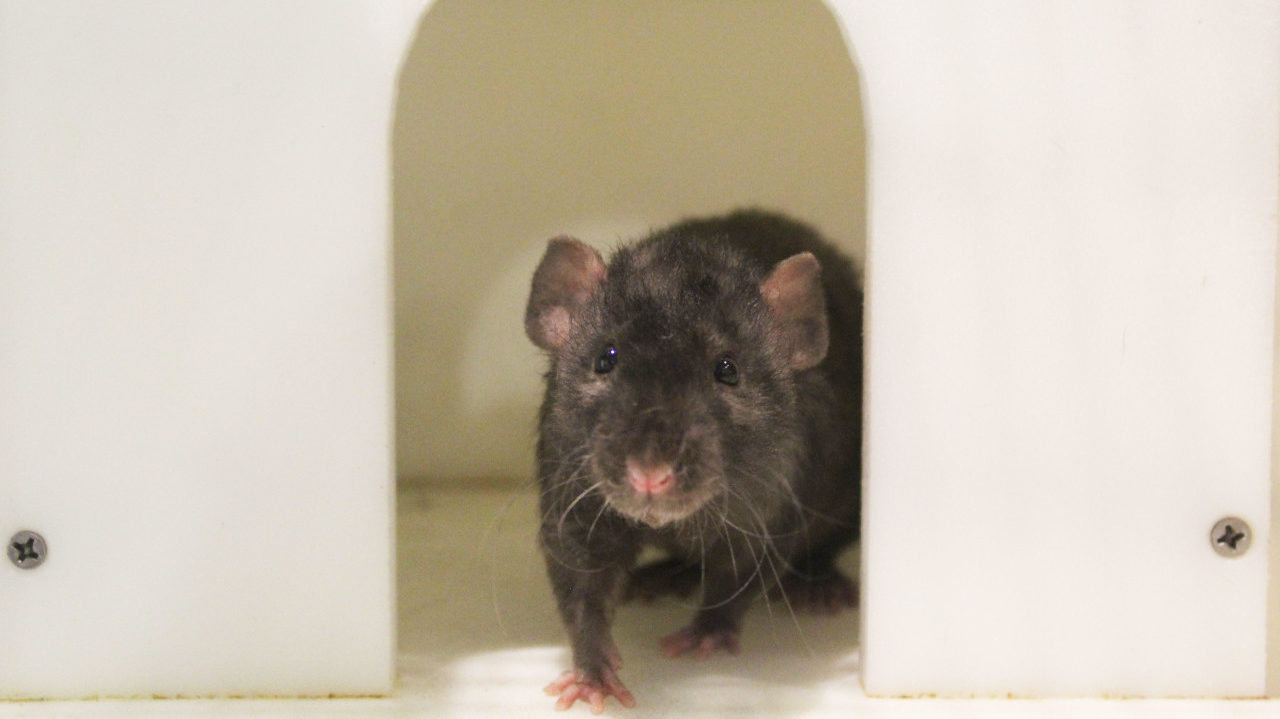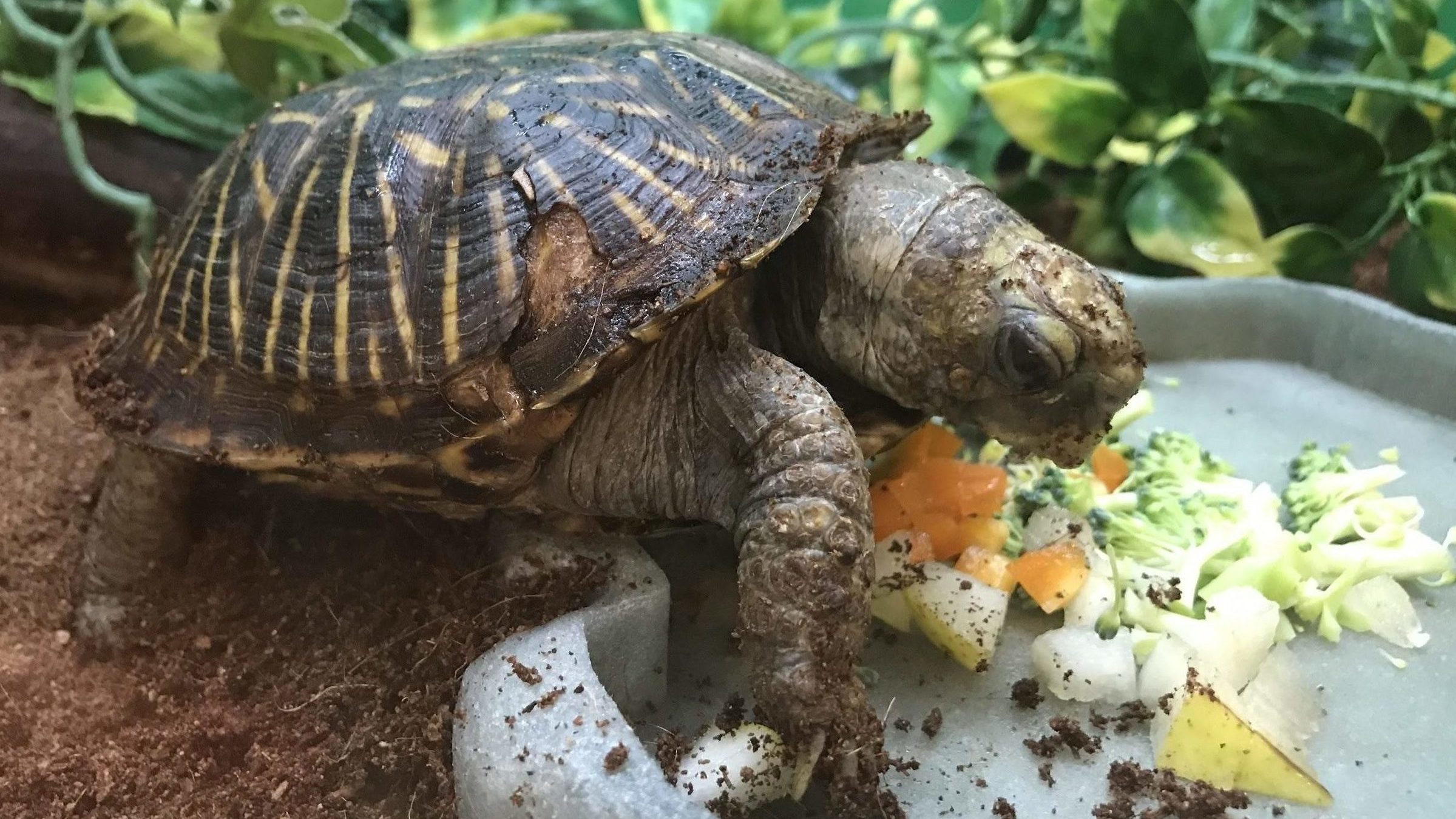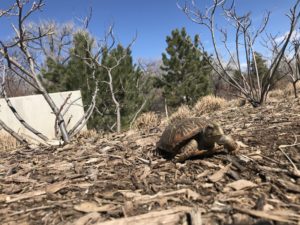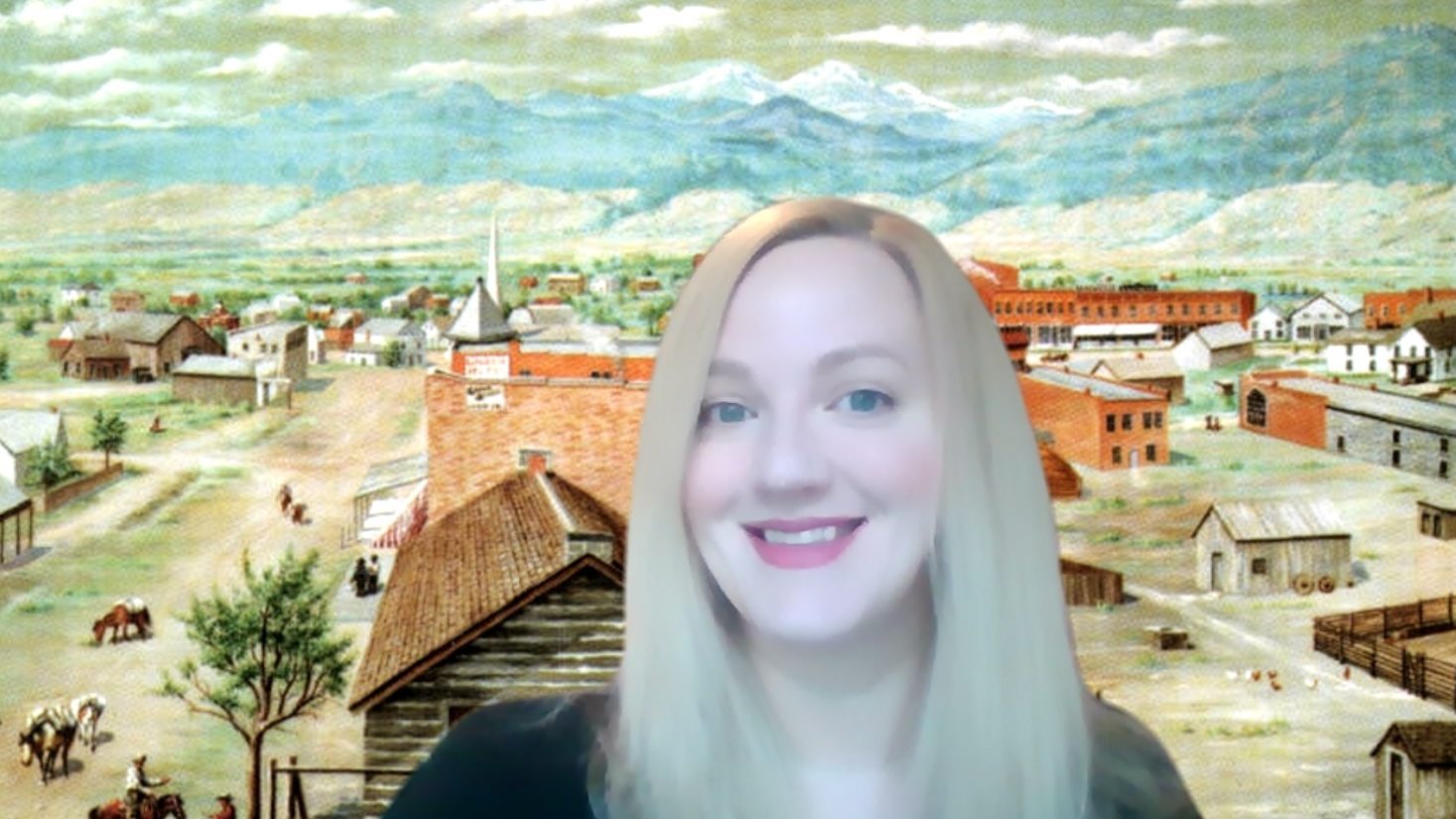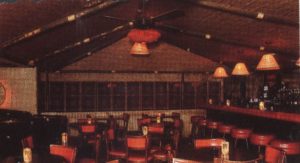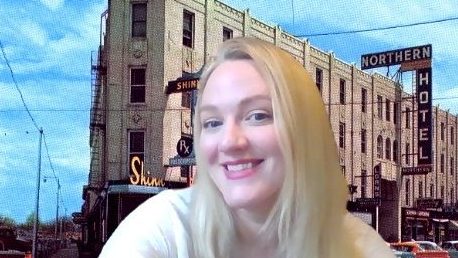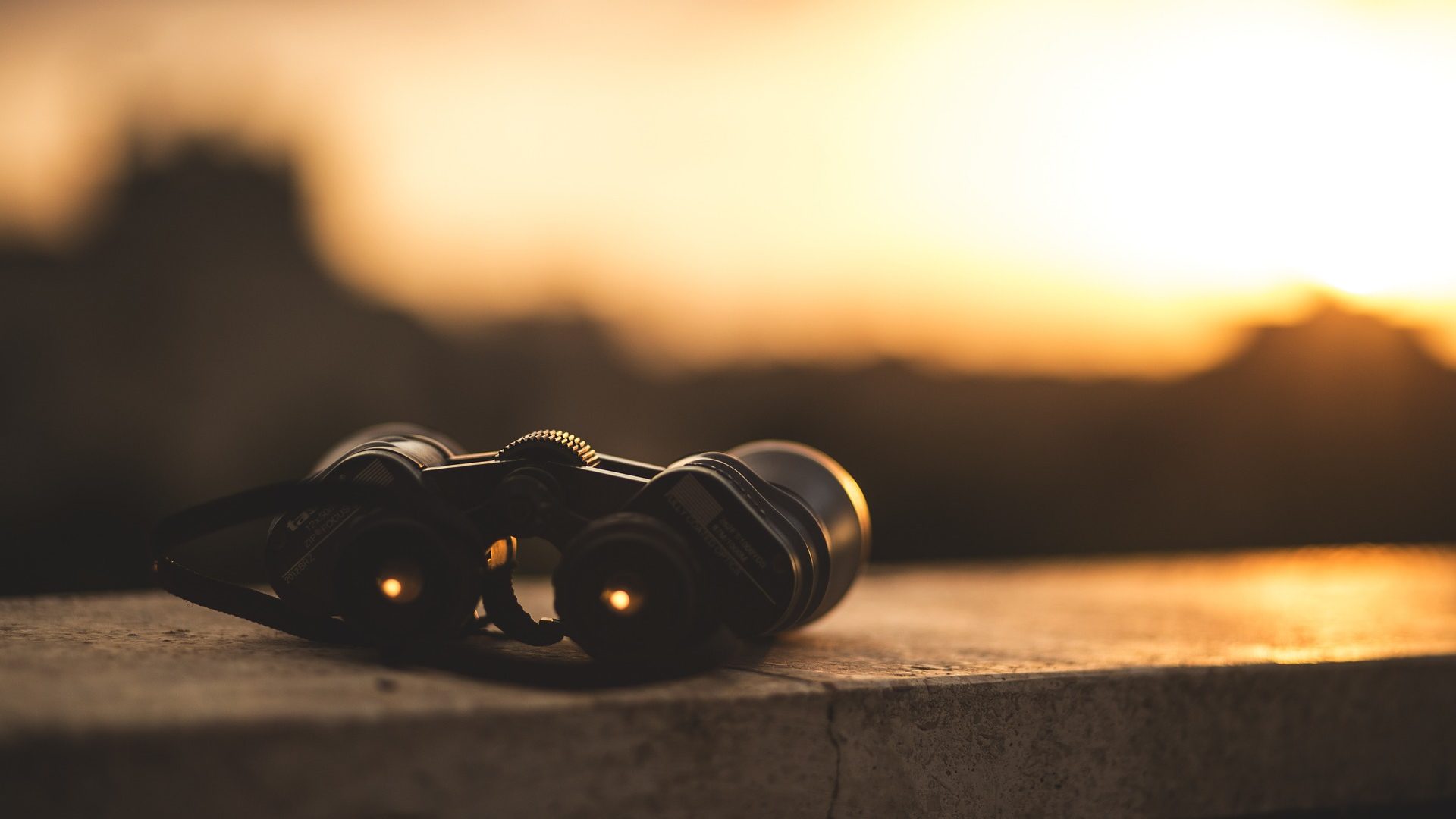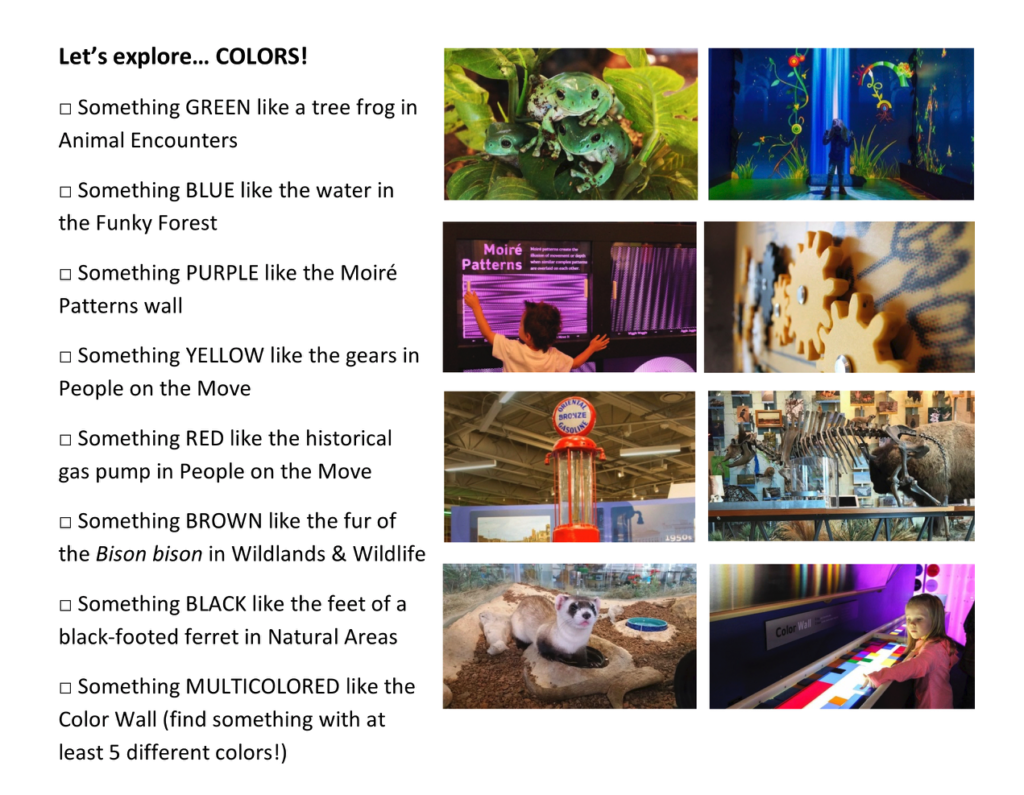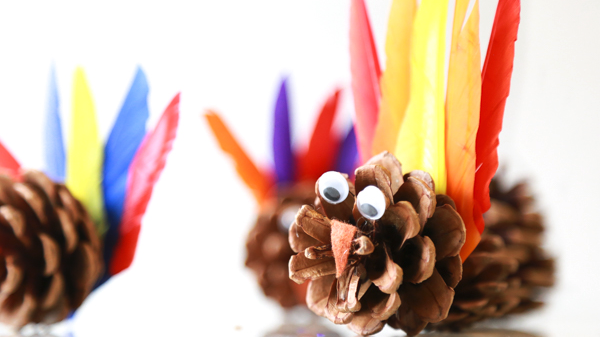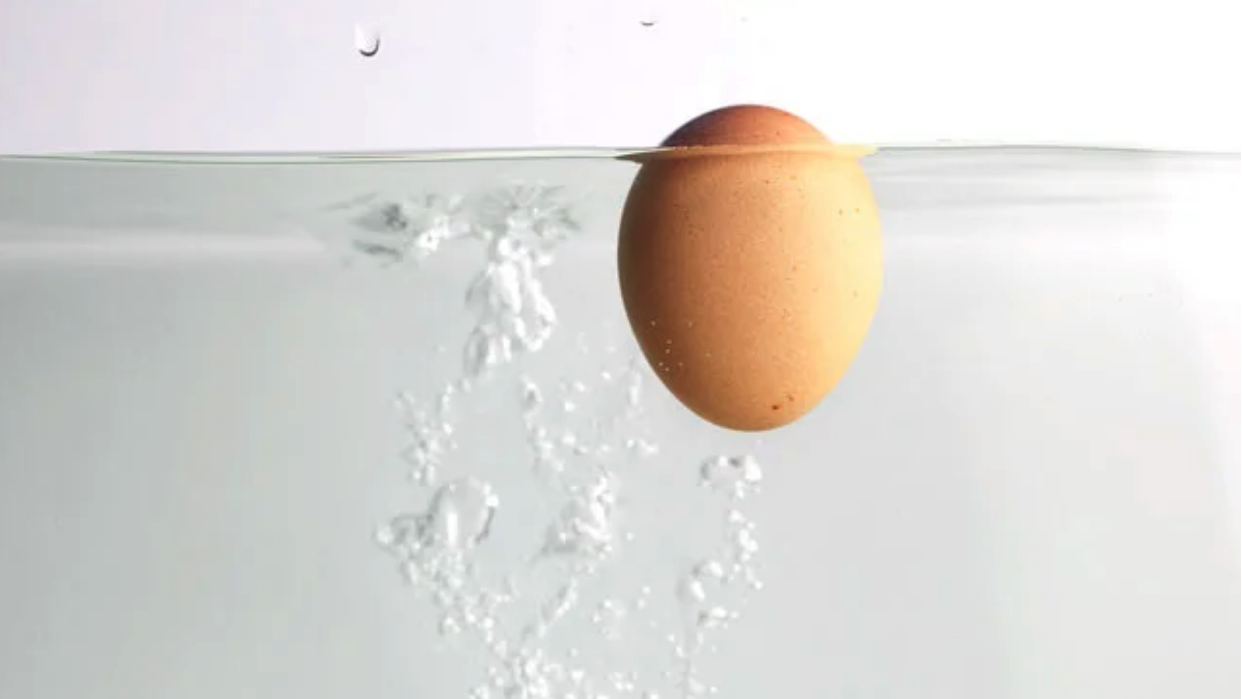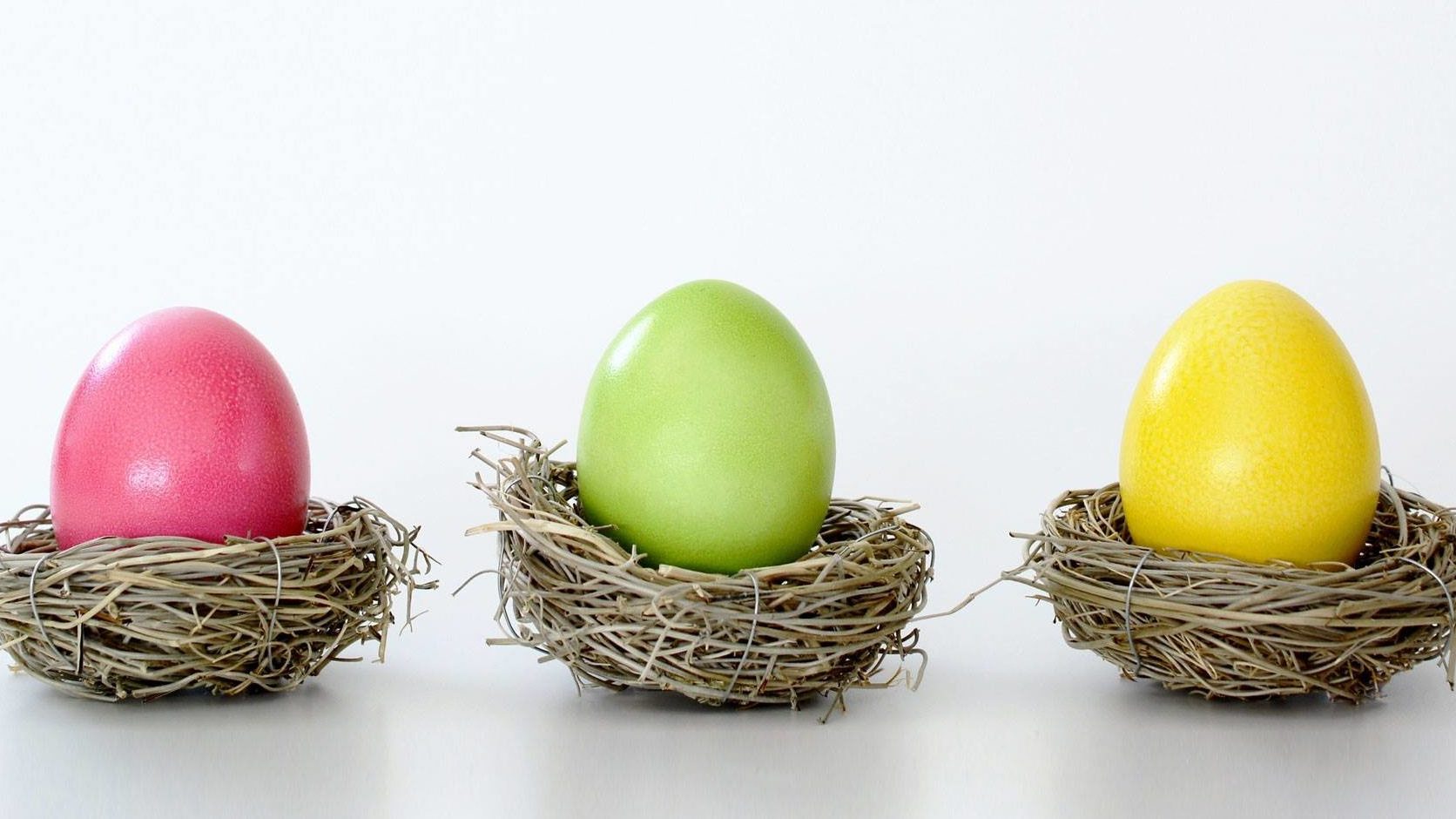Post written by Hannah Curtis, Education Assistant.
Daily Discovery: Fancy Rats
FCMoD’s fancy rats ( Rattus norvegicus domestica ) are some of the museum’s most charismatic animals, but are they really all that fancy? Learn more about these furry creatures and channel your inner zoologist as you observe animals in your own backyard!
Fancy Rat Life History:
Being a fancy rat simply means that they are domesticated; they are tame animals and common household pets. The word “fancy” means that humans “appreciate or like” them more than the non-domesticated brown rats. What other animals are considered domestic? Do you have pets or farm animals that live with you? What animals do not make good pets?
Physical Characteristics: Rats are mammals and vertebrates. This means they are warm-blooded, have hair or fur, and have a backbone. Fancy rats have a wide range of different colors of fur, unlike wild rats who are usually dark brown (an adaptation to help them blend into their environment). All rats have a long, furless tail that are used for balance when they are climbing and exploring their habitat.
Habitat: Wild rats can live almost anywhere! They are found on all continents except Antarctica. If they are not living in people’s homes as pets, they prefer living in damp environments where they can tunnel.
Diet: Rats are omnivores – they’ll eat almost anything! In the wild, they eat a mixture of plants and small animals. At FCMoD, our fancy rats eat a bunch of fruits and vegetables. Naturally, they are scavengers who love to seek out food, which is why they like to live around humans – to break into food storage and help themselves!
Fun Facts: Rats are often stereotyped in untrue ways, but they can be affectionate, intelligent and clean. They are highly social animals and at the museum, the rats are all siblings and love to snuggle while they nap!
Backyard Observations: Pets!
Whether it is in your backyard, neighborhood, or at a Natural Area, animals can be observed just about anywhere! Zoologists use science to observe animals and learn about their behaviors and their habitat. You can be a backyard zoologist and observe similar domesticated animals like the museum’s fancy rats and record what you discover!
Supplies:
- Writing utensil
- Paper
- Computer and Internet Access (optional)
Instructions:
- Create a way to record your animal observations and behaviors. You can write a journal entry or maybe create an observation chart, or use our guiding questions to think deeper about the animals you see!
- If you have a pet who live with you at home, watch them throughout the day and record what they do. If you have multiple, compare and contrast their behaviors.
- If you don’t have any pets, take a walk with your family and look for pets, farm animals or other domesticated animals on your walk. You can also visit https://explore.org/livecams/farm-sanctuary/wisconsin-pasture-farm-sanctuary to observe farm animals though camera live streams!
Guiding Questions:

Want to download these directions? Click here for a handy PDF!
Follow along with our Daily Discovery! Click here for all activities that you can do at home.
Traducido por Károl de Rueda y Laura Vilaret-Tuma.
Descubrimiento en casa: Ratas de compañía
¡Bienvenidos al descubrimiento en casa!
Nosotros en el Museo del Descubrimiento de Fort Collins estamos muy contentos de invitarlos a visitar nuestro contenido lleno de actividades, creatividad, conocimiento ¡y mucho más! Con ideas nuevas cada semana, descubran un mundo mágico lleno de aprendizaje y diversión ¡para toda la familia y en su propio idioma!
Las ratas de compañía (Rattus norvegicus domestica) son uno de los animales más carismáticos que viven dentro del Museo del Descubrimiento de Fort Collins (FCMoD). En general, las ratas no tienen buena reputación, entonces, ¿por qué tenemos algunas de ellas como mascotas? ¿En realidad, hay alguna diferencia entre los diferentes tipos de ratas? Vamos a aprender más de estas criaturas peludas. ¡Encuentra a tu zoólogo interno mientras observas a los animales que hay a tu alrededor!
La historia de las ratas de compañía:
¿Cuál es la diferencia entre una rata salvaje y una rata de compañía? Las ratas de compañía son animales que pueden ser domesticados; son dóciles y comúnmente se vuelven mascotas que se llevan bien con los humanos. ¿Puedes pensar en otros animales que también son domésticos? ¿Tienes mascotas o animales de granja que viven contigo? ¿Puedes observar cuáles animales no podrían ser mascotas?
Características físicas: Las ratas son mamíferos y vertebrados. Esto significa que tienen sangre caliente, pelo o pelaje y una columna vertebral que les ayuda a mantener su cuerpo recto. Las ratas de compañía pueden variar en el color de su pelaje, mientras que el de las ratas salvajes usualmente es de color marrón oscuro. Las ratas salvajes adoptaron este color para poder ocultarse en su medio ambiente. Todas las ratas tienen una cola larga y sin pelo, y esta parte del cuerpo les ayuda a trepar y mantener el equilibrio, superando obstáculos mientras exploran su ambiente.
Ambiente natural/hábitat: ¡Las ratas salvajes pueden vivir casi dondequiera! Se pueden encontrar en todos los continentes excepto en la Antártida. Cuando no están viviendo en nuestros hogares, prefieren vivir en un ambiente húmedo donde puedan cavar túneles y hacer sus escondrijos.
Dieta: Las ratas son omnívoras—¡comen casi de todo! En la naturaleza, comen una variedad de plantas y animales pequeños. En el museo, nuestras ratas comen muchas frutas y vegetales. En su estado natural son carroñeras y les encanta buscar comida, por eso les gusta vivir alrededor de los seres humanos. ¡Así pueden colarse en nuestras despensas y tener todo un banquete!
Datos curiosos: A menudo, a las ratas se les da un estereotipo falso, sin embargo, son cariñosas, inteligentes y limpias. Son animales muy sociables y, en el museo, todas las ratas son hermanas. ¡Les encanta acurrucarse cuando se duermen!
Observación al aire libre: ¡Mascotas!
Ya sea en tu patio, en tu cuadra o en un área natural, se pueden observar animales en cualquier sitio. Los zoólogos utilizan la ciencia para aprender sobre los comportamientos y hábitat de ciertos animales. ¡Tú también puedes ser zoólogo empezando en tu propia área! Observa a los animales domesticados que hay alrededor -como las ratas del museo- ¡y apunta lo que descubres sobre ellos!
Artículos necesarios:
- Algo para escribir (lápiz, pluma o marcador)
- Papel
- Computadora y acceso al Internet (opcional)
Instrucciones:
- Observa el comportamiento de algún animal. Puedes escribir tus notas en un diario o hasta hacer un dibujo. Si deseas, usa la guía de preguntas que está abajo para pensar más profundamente sobre los animales que estudias.
- Si tienes una mascota en tu casa, obsérvala durante el día y toma nota de lo que hace. Si tienes más de una mascota, compara sus comportamientos y su interacción.
- Si no tienes ningún animal en casa, da un paseo por los alrededores con tu familia y observa algunas mascotas, animales de granja u otros animales domesticados.
- También puedes visitar el sitio web: https://explore.org/livecams/farm-sanctuary/wisconsin-pasture-farm-sanctuary para observar videos de animales de granja ¡en vivo!
Guía de preguntas:
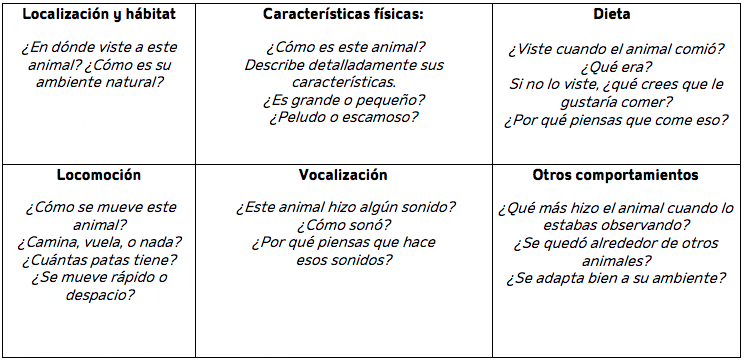
¿Te gustaría descargar esta actividad? Haz clic aquí para obtener un archivo PDF.
Para encontrar actividades, ideas y mucho más descubrimiento en casa, ¡síguenos!
Continue Reading
